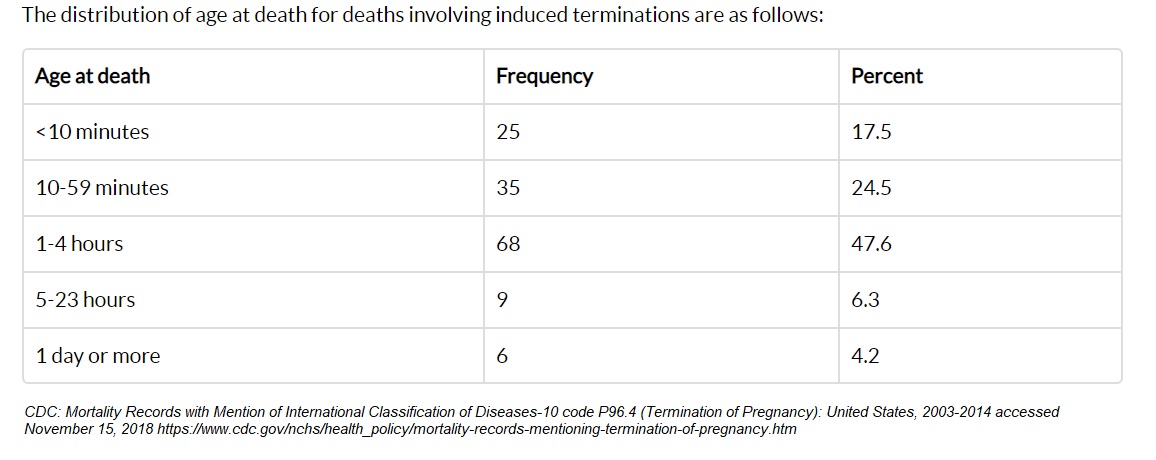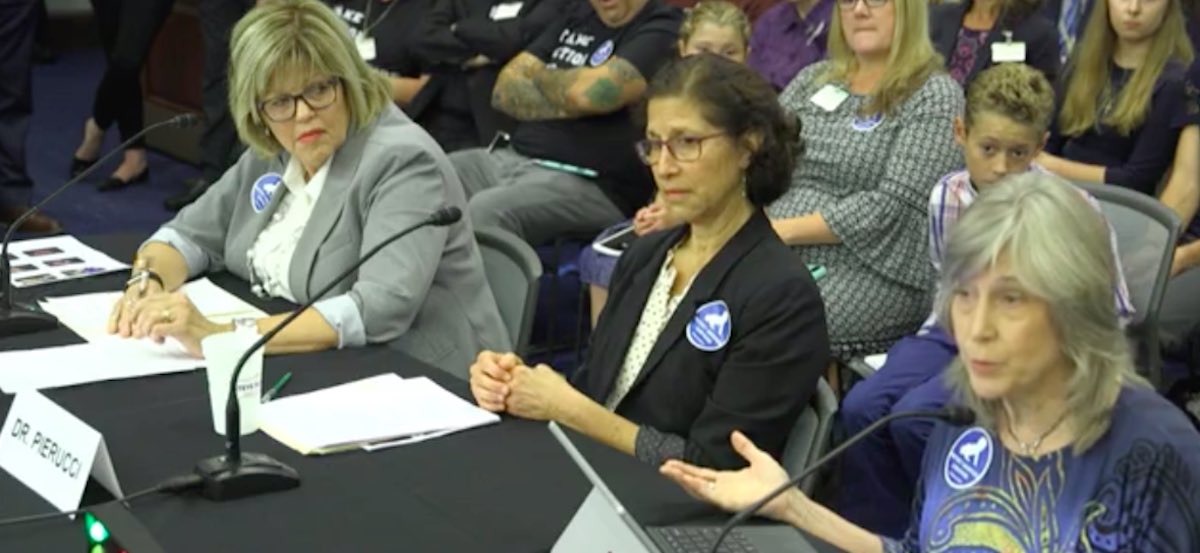On Tuesday, September 10th, U.S. House Minority Whip Steve Scalise of Louisiana and U.S. Representative Ann Wagner of Missouri held a minority hearing to announce the re-introduction of the Born Alive Abortion Survivors Protection Act, according to a press release. Titled “End Infanticide: Examining the Born Alive Abortion Survivors Protection Act,” the hearing is part of an ongoing campaign by House Republicans to obtain a vote on the Act.
Originally introduced in February by Rep. Wagner, the House Democrats have steadfastly refused to even allow the bill to the floor for a vote — and they’ve refused over 80 times since that day. Rep. Wagner filed a discharge petition in an attempt to force a vote on the House floor. A discharge petition requires 218 signatures from House members, and as of August 1, the petition had 201 signatures.
The Act extends the commonsense protections enacted by the 2002 Born Alive Infant Protection Act, signed into law by former President George W. Bush, by clarifying what medical care babies who survive abortion attempts are due, as well as what penalties doctors who refuse to provide care for them would receive.
Under the Born Alive Abortion Survivors Protection Act, any baby who survives an attempted abortion is entitled to the same medical care that a “wanted” baby delivered at the same gestational age would receive. This includes transferring a baby to a hospital for care if it is born in an abortion facility. The Act furthermore prohibits prosecution of any mother who seeks an abortion and whose baby survives, but does allow her to file a lawsuit if her baby survives and does not receive medical care. Finally, Rep. Wagner’s Act makes healthcare staff mandatory reporters when a baby survives a botched abortion.
Those present at the hearing heard from Tessa Longbons, research associate for the Charlotte Lozier Institute (the Susan B. Anthony List’s research and education arm), that 24 states have no protections for babies born alive after abortion and no penalties for doctors who fail to provide them care. Only seven states — Arizona, Florida, Indiana, Michigan, Minnesota, Oklahoma, and Texas — do any kind of reporting on abortion survivors to the Centers for Disease Prevention and Control (CDC). Furthermore, this information comes only from hospitals, and not from abortion facilities themselves.
The graphic below shows CDC statistics on how long abortion survivors reported to the CDC lived after birth. A total of 143 babies were known to survive abortions between 2003-2014, and Longbons shared that in Arizona alone 10 babies survived abortions in just one year (2017).

Jill Stanek, a registered nurse who cared for a baby left to die after an abortion at an Illinois hospital, also spoke of discovering an abortion survivor — a 21- to 22-week-old baby boy with Down syndrome — who was being taken to a soiled utility closet. Stanek chose to instead care for the baby. “… [H]e didn’t move very much because he was using all of his energy attempting to breathe,” said Stanek. “And I remember toward the end of his life I couldn’t tell if he was alive or not unless I held him up against the light to see if I could see his heart beating through his chest wall, because your skin is so thin at that age. And after he was pronounced dead, I folded his little arms across his chest. I tied them together with a little string, I wrapped him in a shroud, and I took him to the morgue where we took all of our dead patients.”
In written testimony, retired OB/GYN Dr. Kathi Aultman, a lifetime fellow of the American College of Obstetricians and Gynecologists and Medical Director of Planned Parenthood of Jacksonville, Florida, from 1981-1983, addressed some common arguments in response to the Act.
While abortion advocates like Whoopi Goldberg claim that “there is no such thing as late-term abortion,” Dr. Aultman shared statistics from the CDC — whose numbers are almost certainly underestimated due to inadequate reporting requirements — stating that 8,296 late-term abortions were done in 2015. Aultman also pointed out that the Born Alive Abortion Survivors Protection Act is necessary because the 2002 version has only been used in cases where the abortionist actively killed a child who survived an abortion. It has not been used to prosecute abortionists who fail to provide medical treatment, and it does not specify what type of medical treatment a survivor of abortion is entitled to.
Dr. Robin Pierucci, a formerly pro-choice neonatologist and medical director of a 50-bed neonatal intensive care unit, spoke about how she became pro-life. “There was no single ‘aha’ moment in that transformation. It was actually in caring for babies who weren’t going to survive, and watching their parents. They weren’t grieving a ‘blob of tissue.’ They were grieving a real person,” she said. “And there were a couple of circumstances over the years where the baby was clearly not going to live much longer, and the parent couldn’t be there, and I picked up that baby so that the baby wouldn’t die without being in the comfort of somebody’s arms. Those were real people, and that absolutely had a huge impact (on me).”
Multiple legislators also commented on the need for the Act, and remarked how it is a sad commentary on our culture that we are having a discussion about whether babies born alive deserve medical care in the first place.
“Wantedness does not define humanness,” stressed Rep. Jeff Fortenberry of Nebraska.
Representative Russell Fulcher of Idaho pointed out that this issue is so important and controversial because “this is a money maker for a lot of people.” He asked, “Could we be hiding the born-alive notion, could we be changing the reporting structure, or ignoring certain reports, because it’s an industry that makes money for people?” His comments are in the first 1.5 minutes here:
The Born Alive Abortion Survivors Protection Act does nothing to restrict access to abortion, the new sacred cow of abortion advocates. Instead, it requires commonsense basic care for the most vulnerable among us.
“Like” Live Action News on Facebook for more pro-life news and commentary!







